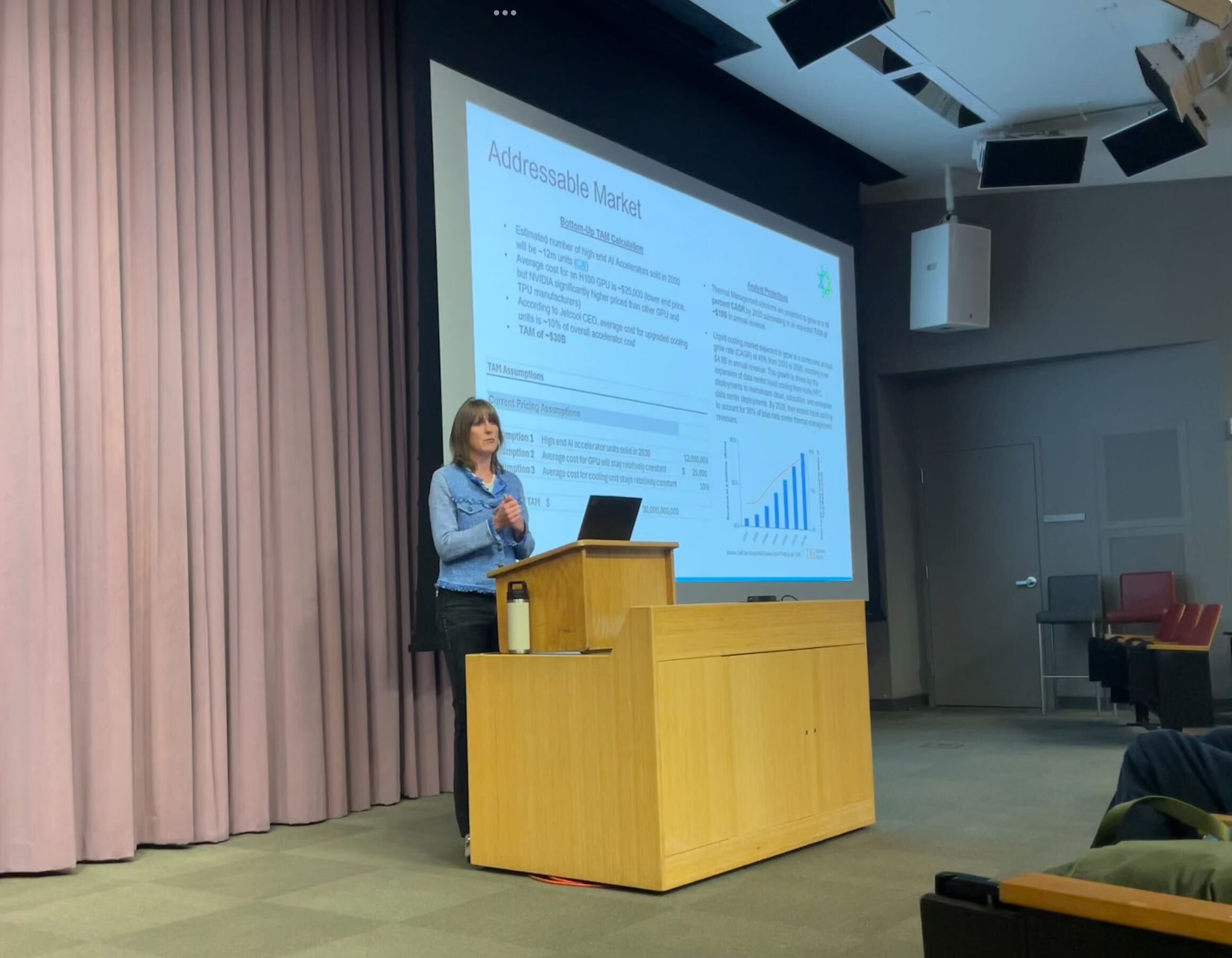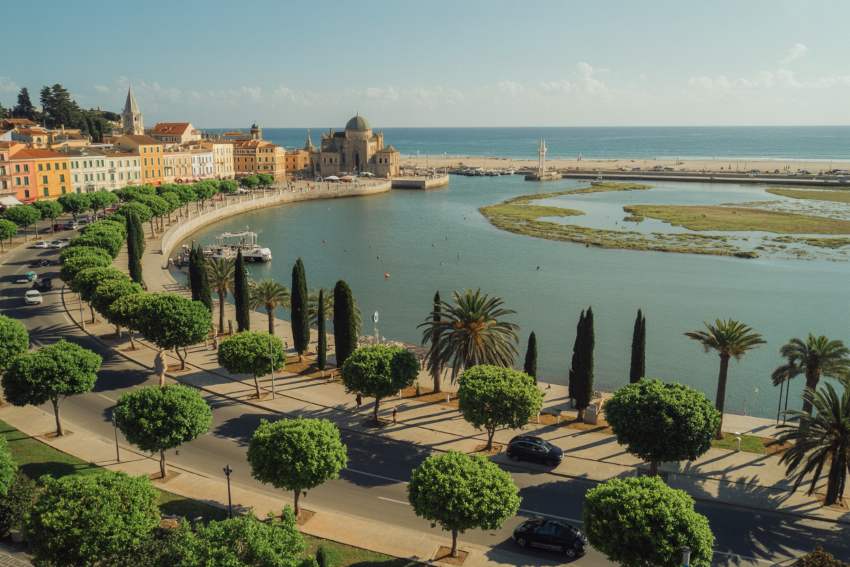Gone with the Wind: Ordinances in Arkansas, Louisiana and Mississippi discourage renewable investments – Utility Dive

Local Regulatory Barriers to Renewable Energy and Sustainable Development in the Southern United States
Introduction
Local government policies across the United States are creating significant roadblocks to the development of renewable energy projects, directly impacting the nation’s ability to achieve key Sustainable Development Goals (SDGs). In states such as Arkansas, Louisiana, and Mississippi, county-level ordinances and state legislation are stalling the clean energy transition. This report examines these regulatory challenges and proposes a framework for smart, transparent local ordinances that align with sustainable development principles.
The Impact on Sustainable Development Goals
SDG 7: Affordable and Clean Energy
Progress toward ensuring access to affordable, reliable, sustainable, and modern energy for all is being actively hindered by restrictive local and state policies. These measures effectively halt new wind and solar development, contradicting the objectives of SDG 7.
- Arkansas: The Wind Energy Development Act, paired with moratoriums in five counties, has created prohibitive regulations.
- Mississippi: Senate Bill 2227 was introduced to study turbine impacts, causing delays for new projects.
- Louisiana: House Bill 459 updated siting rules, leaving promising rural projects in regulatory uncertainty.
These actions prevent the expansion of the clean energy portfolio, maintaining reliance on fossil fuels and undermining energy security and affordability.
SDG 8: Decent Work and Economic Growth
The failure to adopt supportive renewable energy policies results in significant missed opportunities for inclusive and sustainable economic growth in rural communities. By blocking projects, local governments are inadvertently rejecting:
- Billions of dollars in private investment.
- Stable, long-term income for landowners through land-lease agreements.
- Substantial local tax revenue designated for public services such as schools and infrastructure.
- The overall fortification of economic stability and resilience in rural areas.
Projects such as Cordelio’s Crossover Wind in Arkansas and AES’s Delta Wind in Mississippi demonstrate the tangible economic benefits that are at risk.
SDG 13: Climate Action
Local opposition to renewable energy directly impedes urgent action to combat climate change. By creating barriers to wind and solar development, communities are implicitly choosing to continue their dependence on carbon-intensive energy sources like coal and natural gas. This decision exposes residents to volatile energy prices and the adverse environmental and health impacts of pollution, running counter to the global imperative for climate action.
A Proposed Framework for Sustainable Policy
Aligning Local Ordinances with Sustainable Goals
A solution exists through the adoption of smart, transparent local ordinances that balance community interests with the need for sustainable development. The American Clean Power Association’s (ACP) Model Wind Ordinance provides a foundational guide for local officials to attract investment, protect property rights, and advance progress on the SDGs.
Key Components of the Model Ordinance
This framework promotes responsible development through clear, predictable, and science-based standards.
- Voluntary Participation: Establish clear setback rules with opt-out provisions to empower landowners and ensure equitable development.
- Science-Based Standards: Implement noise and flicker limits grounded in scientific evidence to protect neighboring properties without imposing arbitrary bans on clean energy infrastructure (SDG 9).
- FAA-Verified Safety: Adhere to Federal Aviation Administration standards for turbine height and lighting to guarantee aviation safety and minimize public nuisance.
- Responsible Decommissioning: Require financial safeguards to ensure that facilities are properly removed or repowered at the end of their operational life, promoting long-term environmental stewardship.
- Clear and Predictable Permitting: Define timelines and public input requirements to streamline project reviews, build community trust, and foster partnerships for the goals (SDG 17).
Conclusion: The Path Forward for Sustainable Rural Development
Fostering Resilient and Prosperous Communities
By leveraging frameworks like the ACP Model Wind Ordinance, local governments in Arkansas, Louisiana, and Mississippi can transform regulatory hurdles into opportunities. Adopting balanced rules will protect property rights, avoid costly legal disputes, and attract the investment needed to build sustainable and resilient rural economies (SDG 11). With clear policies that encourage voluntary participation, these communities can lead the transition to a clean energy future, securing economic and environmental benefits for generations to come.
Analysis of Sustainable Development Goals in the Article
1. Which SDGs are addressed or connected to the issues highlighted in the article?
-
SDG 7: Affordable and Clean Energy
The entire article focuses on the development of renewable energy sources, specifically wind and solar power. It discusses the challenges and opportunities in transitioning to clean energy, which is the core of SDG 7.
-
SDG 8: Decent Work and Economic Growth
The article repeatedly highlights the economic implications of renewable energy projects, mentioning “billions in investment, landowner income and their own local tax revenue.” It argues that smart local policies can “attract investment,” “boost rural economies,” and “fortify economic stability,” directly connecting to the goal of promoting sustained, inclusive, and sustainable economic growth.
-
SDG 11: Sustainable Cities and Communities
The discussion centers on the role of local governments (“rural counties and states”) in creating policies and ordinances for energy infrastructure. The article emphasizes the need for “smart, transparent local ordinances” and “clear, predictable permitting” to manage land use and development in a way that benefits communities, which is a key aspect of SDG 11.
-
SDG 13: Climate Action
The article implicitly and explicitly addresses climate action by promoting a shift away from fossil fuels. It states that blocking renewables means “doubling down on gas and coal and exposing communities to price swings and pollution.” This directly relates to the urgent action required to combat climate change and its impacts.
2. What specific targets under those SDGs can be identified based on the article’s content?
-
Target 7.2: By 2030, increase substantially the share of renewable energy in the global energy mix.
The article directly addresses this target by discussing the roadblocks that are “stalling clean energy” development. The central theme is the struggle to increase the deployment of wind and solar power in Arkansas, Louisiana, and Mississippi, which is essential for increasing the share of renewables.
-
Target 8.3: Promote development-oriented policies that support productive activities, decent job creation, entrepreneurship, creativity and innovation.
The article advocates for specific “development-oriented policies” in the form of “smart, balanced rules” and the “ACP Model Wind Ordinance.” It argues that such policies, rather than moratoriums or bans, are necessary to “unlock billions in investment” and support economic development in rural communities.
-
Target 11.a: Support positive economic, social and environmental links between urban, peri-urban and rural areas by strengthening national and regional development planning.
The focus on how “governments in rural counties and states” hold the key to renewable energy development speaks directly to this target. The article calls for better local development planning (“smart siting,” “clear, predictable permitting”) to manage the installation of energy infrastructure and ensure that rural areas can capitalize on the economic benefits (“support schools and roads”).
-
Target 13.2: Integrate climate change measures into national policies, strategies and planning.
While the article focuses on the local level, it addresses a critical component of this target: the implementation of climate-friendly policies. The restrictive ordinances and moratoriums in some counties represent a failure to integrate climate change measures into local planning. Conversely, adopting the proposed model ordinance would be a direct integration of such measures.
3. Are there any indicators mentioned or implied in the article that can be used to measure progress towards the identified targets?
- Number and status of renewable energy projects: The article mentions that “a dozen more utility-scale wind projects are being evaluated” and that some projects are “stuck in limbo.” Tracking the number of proposed, approved, and operational projects serves as a direct indicator of progress toward increasing the share of renewable energy (Target 7.2).
- Level of economic investment and revenue: The text refers to “billions in investment, landowner income and… local tax revenue.” These are quantifiable economic indicators that can measure the success of policies aimed at boosting rural economies through renewable energy (Target 8.3).
- Prevalence of local ordinances on renewables: The article states that “about one in five U.S. counties now restrict or ban the development of new wind and solar power.” This statistic is a clear indicator of the policy landscape. A decrease in this number or an increase in the number of counties adopting “smart” ordinances would indicate progress in local development planning (Target 11.a).
- Energy source mix: The article presents a choice between renewables and “doubling down on gas and coal.” The resulting energy mix in these states would be a clear indicator of whether climate change measures are being successfully integrated into energy planning (Target 13.2).
4. Create a table with three columns titled ‘SDGs, Targets and Indicators” to present the findings from analyzing the article. In this table, list the Sustainable Development Goals (SDGs), their corresponding targets, and the specific indicators identified in the article.
| SDGs | Targets | Indicators |
|---|---|---|
| SDG 7: Affordable and Clean Energy | 7.2: Increase substantially the share of renewable energy in the global energy mix. |
|
| SDG 8: Decent Work and Economic Growth | 8.3: Promote development-oriented policies that support productive activities. |
|
| SDG 11: Sustainable Cities and Communities | 11.a: Support positive economic, social and environmental links… by strengthening… regional development planning. |
|
| SDG 13: Climate Action | 13.2: Integrate climate change measures into national policies, strategies and planning. |
|
Source: utilitydive.com

What is Your Reaction?
 Like
0
Like
0
 Dislike
0
Dislike
0
 Love
0
Love
0
 Funny
0
Funny
0
 Angry
0
Angry
0
 Sad
0
Sad
0
 Wow
0
Wow
0

















































:focal(1500,1000)/https://media.globalcitizen.org/a6/9a/a69a4720-d8a1-4715-b596-18738d03c05c/rotary_polio_hero_image.jpg?#)






/countries/sri-lanka/photo-credit---dmc-sri-lanka.tmb-1200v.jpg?sfvrsn=dc298bcc_1#)


















